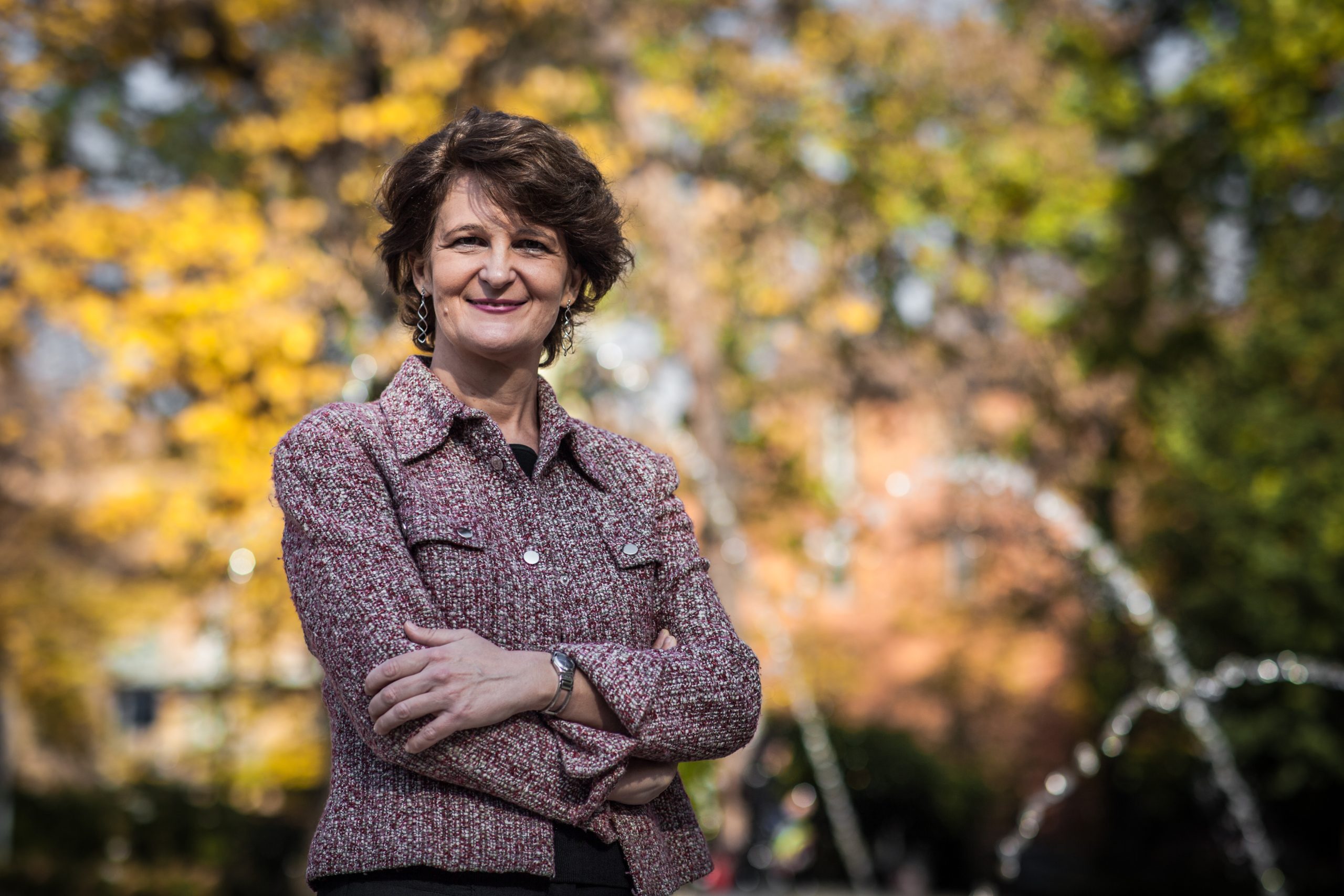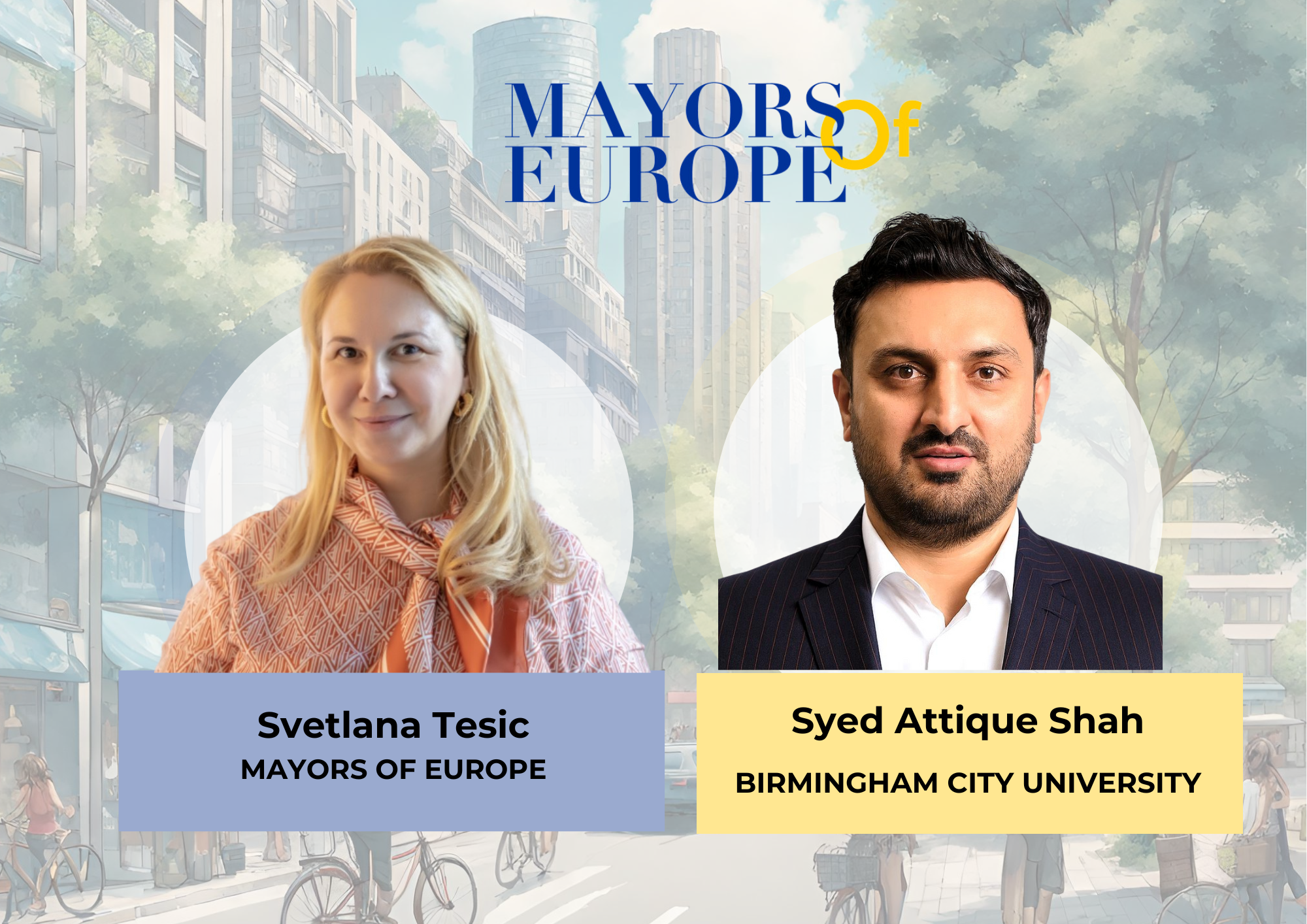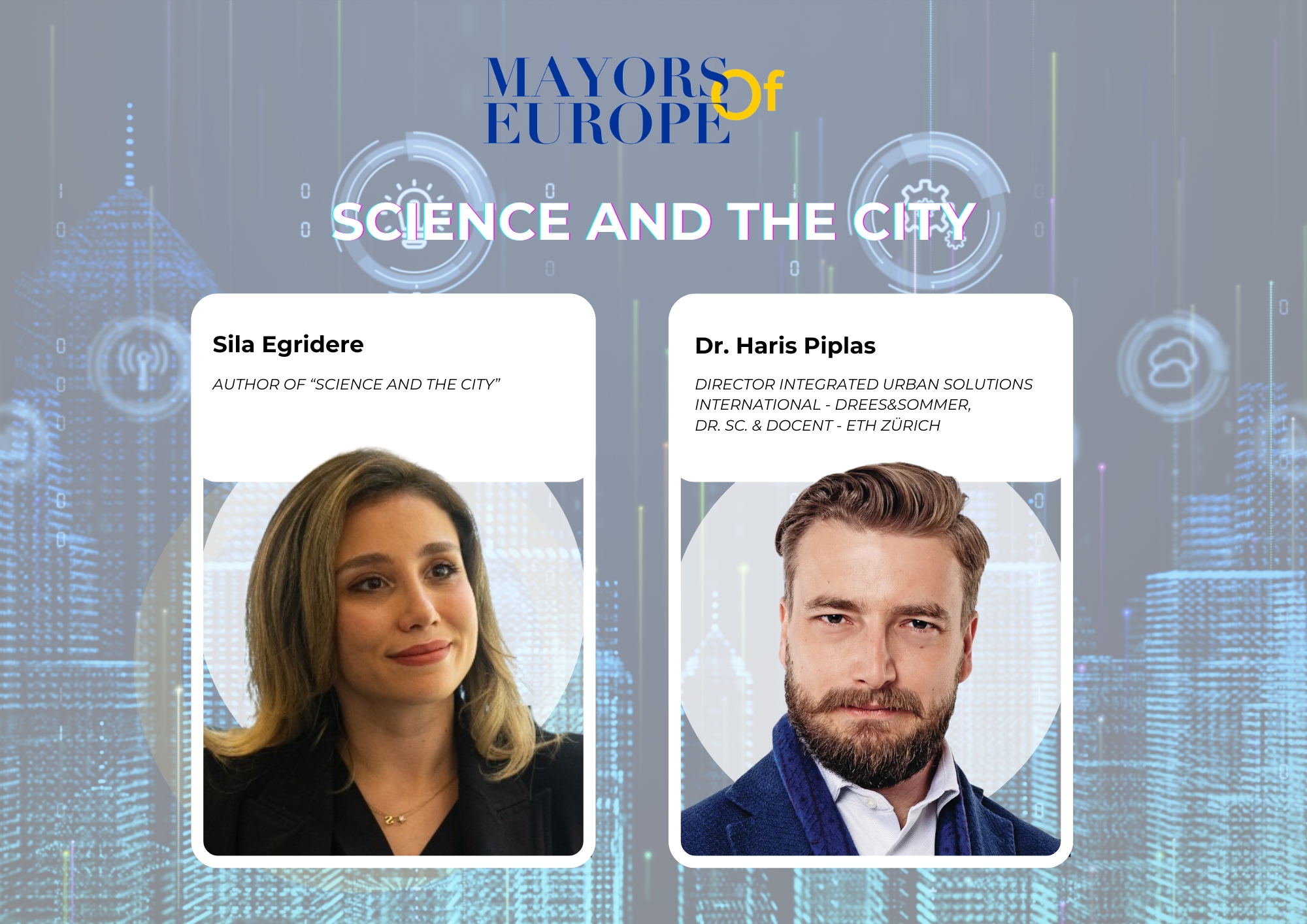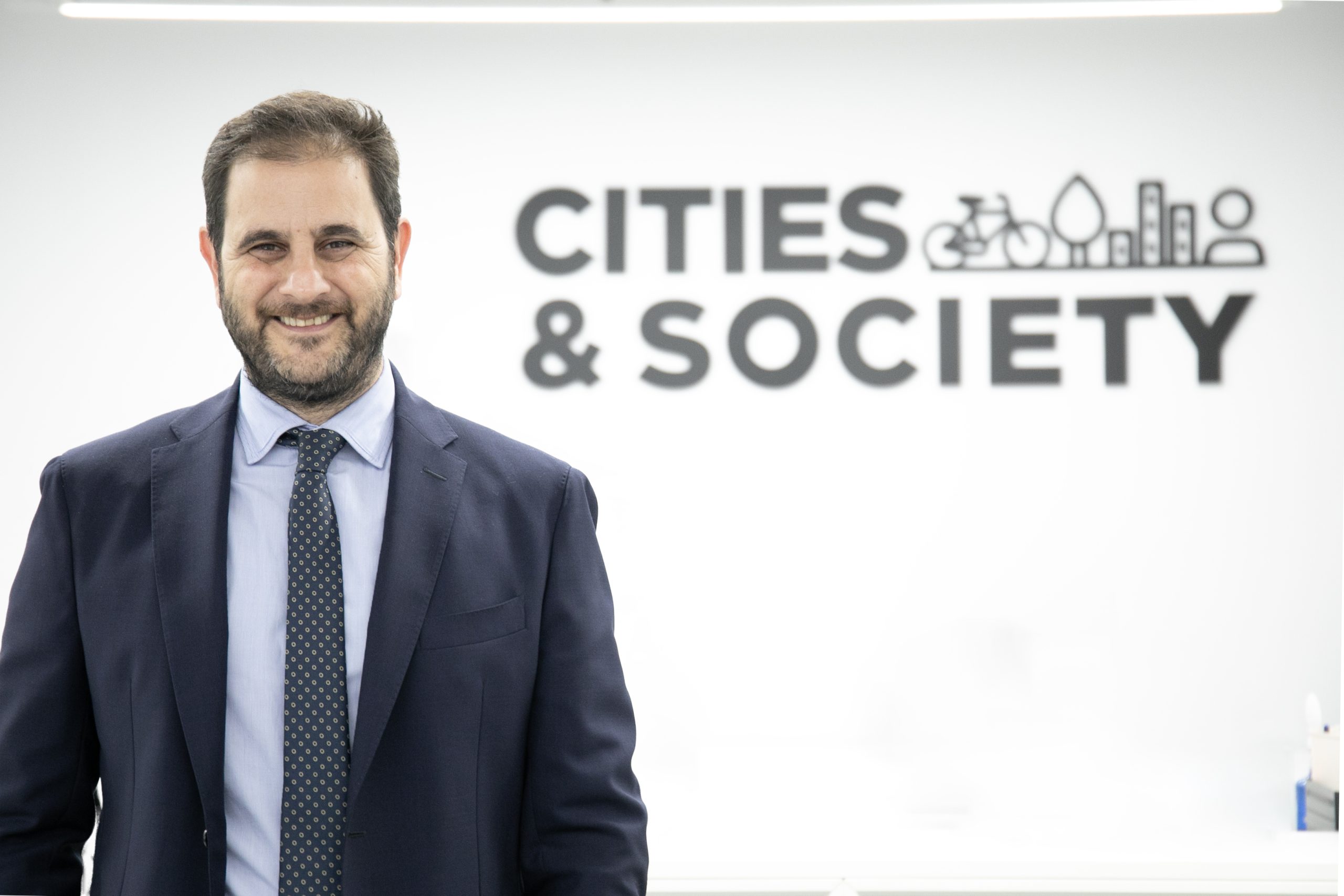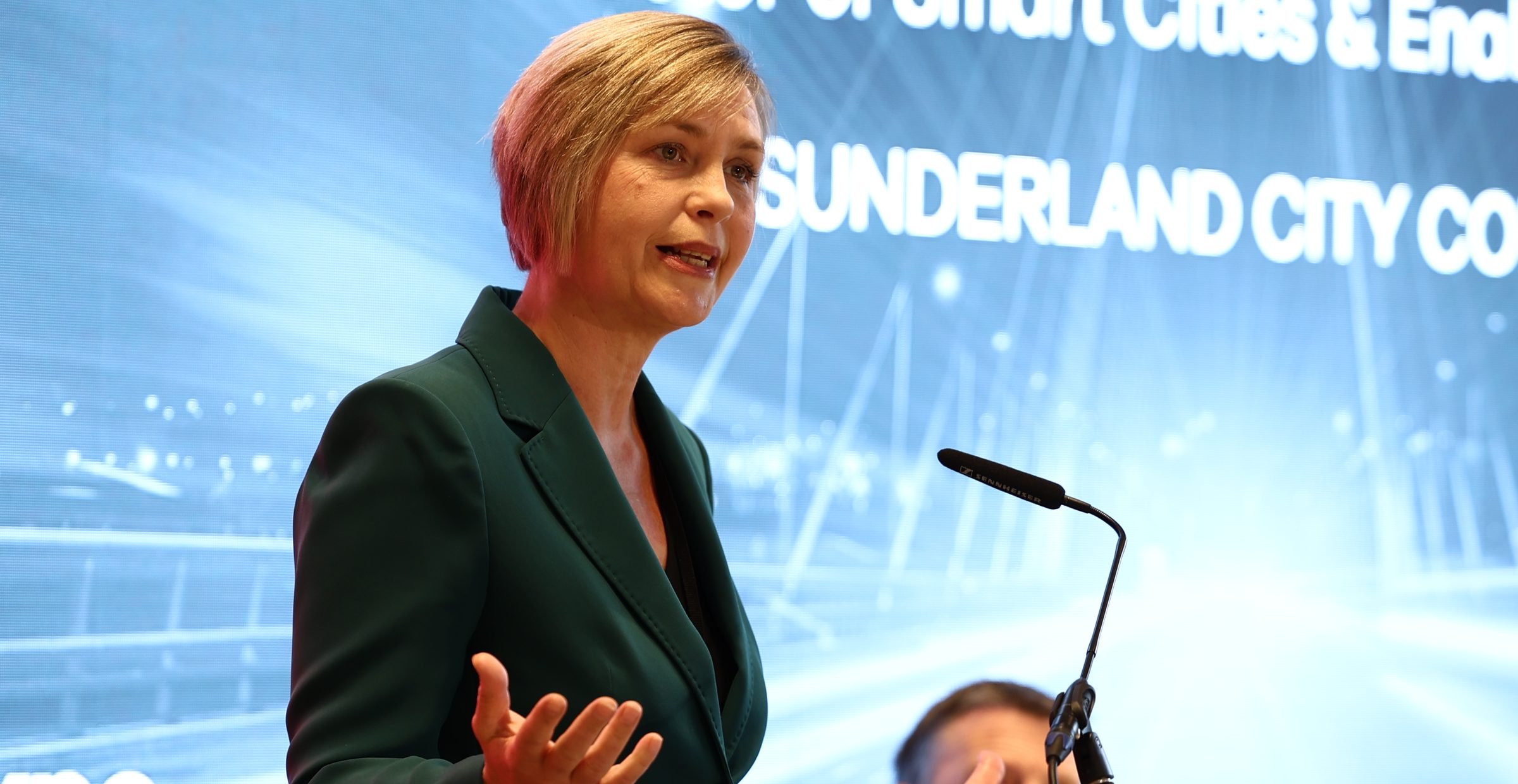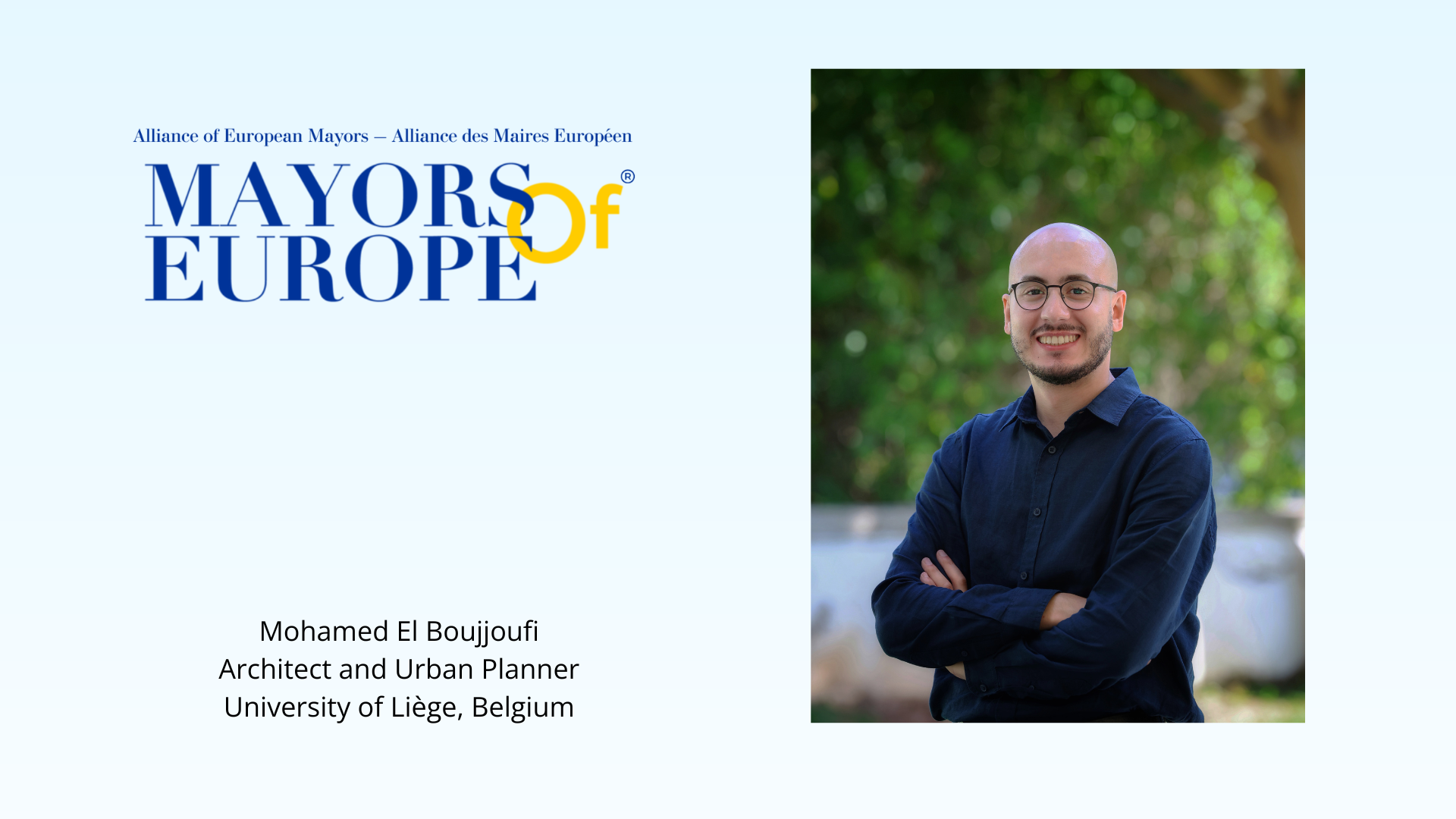Leading with Purpose: Carmina Ballester on Shaping Onda’s Identity in the Spanish and European Landscape
Carmina Ballester is the Mayor of Onda and Senator for the province of Castellón in the XV Spanish Legislature (2023–2027). She holds a Law degree and combines her legal background with a strong commitment to public service.
At the local level, she has been serving as Mayor of Onda since 2019, leading a strategic Agenda based on urban regeneration, green and digital transitions, and citizen participation, while actively engaging in European cooperation initiatives.
Onda has been recognized as one of the most beautiful towns in Castellón, with a rich cultural and historical heritage. How do you balance preserving that heritage while driving innovation and modernization in the city?
Onda’s strength lies in its ability to honor tradition while embracing the future. Our castle, old town, and ceramics legacy are treasures we protect with pride. At the same time, we are committed to innovation: transforming public spaces, investing in green mobility, and digitizing municipal services. The balance comes from seeing heritage not as a limitation, but as a foundation on which to build modern, inclusive, and sustainable solutions for today’s challenges.

www.onda.es
One of our most ambitious projects is the regeneration of Plaza España, co-designed with residents through participatory processes. It will soon become a vibrant, accessible, and climate-adaptive space. Another milestone is the creation of the “Pulmón Verde de Onda” (Onda’s Green Lung) on the southern slope of the castle: an urban forest with shaded paths, biodiversity-friendly landscaping, and a panoramic walkway. This project is precisely the reason why Onda joined the URBACT Action Planning Network GreenPlace – Let’s do it together in 2023, working with other European cities to design sustainable urban regeneration strategies. Through the URBACT Local Group (ULG), which brings together neighbors, associations, businesses, and experts, citizens are not passive recipients but active co-creators—their voice truly guides our urban transformation.
Onda has a strong ceramics industry, which is both a cultural identity and an economic driver. How is the city supporting local businesses in adapting to global market changes, sustainability demands, and digitalization?
Ceramics is in Onda’s DNA. We work hand-in-hand with our companies to help them innovate and remain competitive in global markets. This means fostering digitalization, promoting circular economy models like Onda Recircula, and advocating for fair energy policies at regional and European levels. A milestone this year has been the approval of the European-funded project CERAMIC+ (Interreg SUDOE), granted in June 2025 together with Spanish, French, and Portuguese cities. Its mission is to revitalize traditional ceramic crafts by integrating them with advanced technologies, strengthen SMEs and artisans, and preserve cultural heritage while fostering innovation and internationalisation. In parallel, through CERAMITUR, funded by Next Generation EU, we are promoting ceramic tourism as a driver for local development. At the same time, we highlight ceramics as cultural capital—through our Tile Museum, urban art projects, and international promotion—so that it continues to be both an industry and an identity.
Tourism in Onda is closely linked to its cultural assets, such as the Castle and old town. How do you see tourism evolving here over the next decade, and what strategies are in place to ensure it remains both sustainable and beneficial for locals?
We envision a tourism model rooted in authenticity, culture, and sustainability. The castle and old town are our main attractions, but we are expanding the offer with nature routes, ceramic heritage tours, and festivals that showcase local traditions. Our strategy is to attract visitors who value experiences over mass tourism, ensuring economic benefits for local businesses while protecting residents’ quality of life. EU-supported digital tools are also helping us manage visitor flows and reduce environmental impact.

The European Union is prioritizing green and digital transitions. In which areas do you see Onda making the most progress, and where do you think EU collaboration could accelerate your ambitions?
We are making real progress in sustainable mobility, energy efficiency, and digital governance. For example, we are electrifying municipal fleets, investing in solar energy for public buildings, and expanding e-administration platforms. In 2023, Onda was selected by the European City Facility (EUCF) to prepare an investment concept for a community-owned solar plant and an autonomous public lighting system—laying the foundations for large-scale renewable projects. At the same time, through the Scalable Cities Action Grant, we have worked to improve governance mechanisms to accelerate decarbonisation. On the digital side, we are implementing our Smart City Plan, which integrates smart mobility, energy monitoring, and citizen services into a coherent strategy for urban innovation. EU collaboration is essential for scaling up: with access to funding and networks, mid-sized cities like Onda can become innovation hubs. More direct support to municipalities—not only through national governments—would accelerate projects that citizens can feel in their daily lives.
Education and skills development are crucial for future competitiveness. What is Onda doing to prepare its young people for jobs in emerging sectors, including technology and the green economy?
We believe that talent is our greatest resource. That is why we partner with local schools, vocational centers, and universities to bring digital and green skills into the classroom. We support training programs in renewable energy, circular economy, and digital tools, ensuring our youth are ready for tomorrow’s job market. At the same time, we foster entrepreneurship in Onda Genera with coworking spaces and innovation hubs, so young people can start projects in Onda instead of having to leave.
Onda has a strong tradition of community involvement. Can you share an example where citizen input or co-creation directly influenced a major policy or project?
The redesign of Plaza España is a clear example. From the very beginning, residents were invited to share ideas on accessibility, climate adaptation, and cultural use. Their input directly shaped the final design, which prioritizes shade, green areas, and multifunctional spaces. This participatory approach builds trust and ensures that public investments truly respond to citizens’ needs.
Climate adaptation is becoming increasingly urgent for all cities, regardless of size. How is Onda addressing challenges like water management, heatwaves, or biodiversity protection?
Living in a Mediterranean climate, we are very aware of these challenges. Our urban projects now integrate heat mitigation measures—trees, shaded walkways, cooling fountains—while water-saving systems and sustainable irrigation are being installed across green areas. The new Pulmón Verde will also act as a biodiversity refuge, with native species that reduce water demand and increase resilience. Climate adaptation is not an option—it is the only way to guarantee quality of life for future generations.
Mid-sized cities like Onda often serve as innovation testbeds. Are there any pilot projects, in mobility, digital services, or public participation, that you think could be replicated across other European cities?
Yes. Our “Adopt a Tree Pit” initiative, where citizens and schools take care of micro-green spaces, has proven successful in raising awareness and improving the urban environment. In digital services, we are piloting smart sensors for traffic and air quality management. These projects are affordable, scalable, and can be replicated in many mid-sized European cities that face similar challenges of mobility, climate, and civic engagement.
If you could implement one innovative idea tomorrow, without budget limits, what would it be?
In reality, it would be to fully bring to life the “Pulmón Verde de Onda” (Onda’s Green Lung), the great Central Park on the southern slope of our castle. A vast urban forest with shaded paths, biodiversity-friendly landscaping, and a panoramic walkway that connects nature and heritage. At the same time, I would create a comprehensive green mobility network linking every neighborhood with safe, shaded, bicycle-friendly routes powered by renewable energy. Together, these projects would reduce emissions, improve health, and make Onda an international example of how medium-sized cities can lead the green transition.
Looking ahead, what is your personal vision for Onda in 2035? If you had to describe the city in one sentence to a European audience, what would you want them to see, feel, and remember?
In 2035, I see Onda as a thriving, green, and innovative city that has managed to preserve its soul. A place where history and modernity walk hand in hand, where citizens are proud of their identity, and where visitors feel the warmth of a community that dares to dream big.
If I had to put it in one sentence:
Onda is a city that proves how tradition and innovation, when embraced together, can build a sustainable and inspiring future for all.






